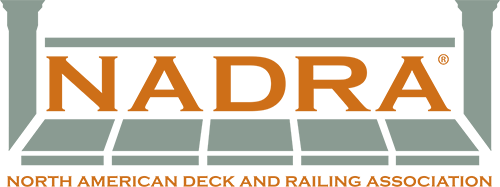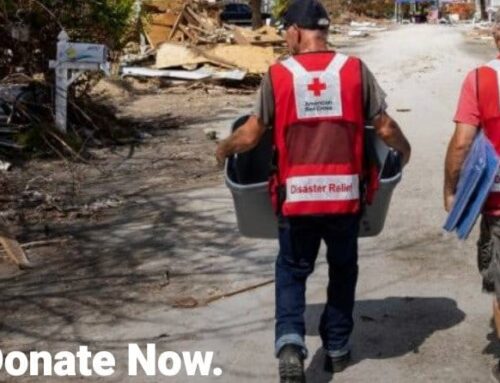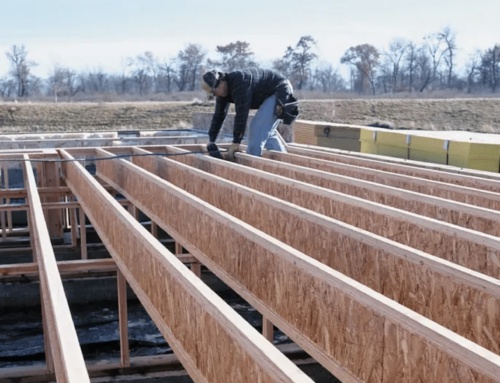Treated Wood Waste (TWW) Disposal – For Disposal in the State of California
www.TWWDisposal.org
The California Health and Safety Code defines specific responsibilities for individuals generating or disposing treated wood waste, or TWW. See https://dtsc.ca.gov/toxics-in-products/treated-wood-waste/
A TWW Generator is defined in the safety code as any person, company, or property owner whose act or process produces TWW. A Generator is not someone hired by a property owner whose actions or process produces TWW on site, for example a contractor. However, if the contractor generates TWW in a shop or off site then they are considered a TWW Generator. Additionally, TWW transporters are not considered Generators.
The wood treating industry has developed a website at www.TWWDisposal.org to assist Californians and businesses in properly disposing TWW. Detailed information on the following topics for TWW generators can be reviewed on the website. Below is a summary of these topics.
Identifying TWW
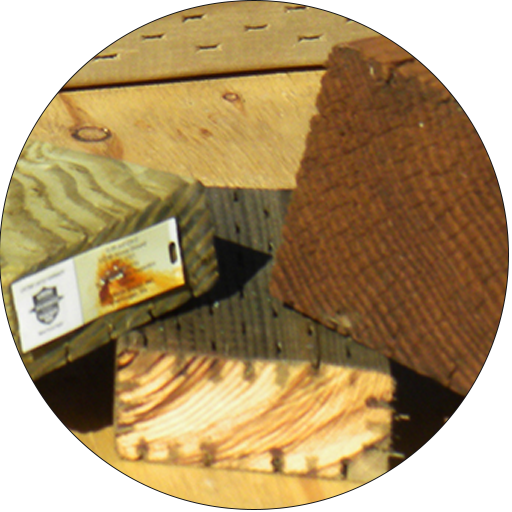
Preservative treated wood may be identified by any end tag on the wood that the use conditions and preservative used. If any wood in the structure still has an end tag, it is likely the rest of the wood in similar applications is preservative treated. Also, treated wood also may have has incisions, or small slits in the wood to allow the preservative to penetrate deeper into the fiber. If the wood has these slits, it is most likely preservative treated. Fire-retardant treated wood is not TWW.
Review details at: twwdisposal.org/tww-basics/identifying-tww/
Accumulating, storing TWW
Generators must follow specific requirements in storing TWW to prevent unauthorized access and minimize run-off. These include blocking and tarping, containerizing, storage buildings, containment pads and other methods. TWW may not be accumulated for more than one year from the date of generation. Review details at: twwdisposal.org/tww-basics/storage/
Labeling TWW
All TWW generated, accumulated, stored or transported by generators within California must be clearly marked and visible for inspection. A sample label can be downloaded from twwdisposal.org/tww-basics/labeling/
Recordkeeping
Generators are required to keep records of TWW disposal, which may take the form of a log, invoice, manifest, bill of lading, shipping document, or receipt from an approved TWW facility. Such records must be maintained for a minimum of three years. Review details at: twwdisposal.org/tww-basics/recordkeeping/
Handling
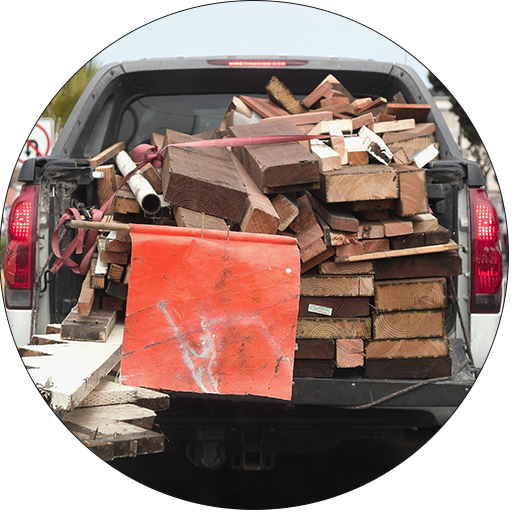
Prepared by Western Wood Preservers Institute, in cooperation with the California Dept. of Toxic Substances Control (DTSC)
- When handling, wear long-sleeved shirts and long pants, and use gloves impervious to chemicals (for example, gloves that are vinyl coated).
- Wear a dust mask to avoid inhalation of sawdust. If demolition of a treated wood structure requires sawing, wear a dust mask and goggles to protect eyes from flying particles.
- Follow good personal hygiene after handling TWW. Wash hands and any exposed areas thoroughly after handling, especially before eating, drinking or using tobacco products.
- If preservative or sawdust from TWW accumulates on clothes, launder before reuse. Be sure to wash work clothes separately from other clothing.
Prohibitions
The state of California has adopted the following specific prohibitions for TWW after it is removed from its original application:
- TWW may not be burned in open flame, fireplaces or residential boilers.
- TWW may not be scavenged for other uses.
- TWW may not be comingled with other waste prior to disposal, if previously segregated.
- TWW may not be stored in contact with the ground or water.
- TWW may not be recycled.
- TWW may not be resized, except for minimal cutting, breaking, or sawing to facilitate transport or reuse. If size reduction of the TWW results in sawdust, particles or other material smaller than one cubic inch, the material must be captured and managed as TWW.
- TWW may not be chipped into mulch for landscaping, animal bedding or other uses. • Any label, mark, or end tag that identifies the wood as preservative-treated wood shall not be intentionally removed, obliterated, defaced, or destroyed prior to disposal in an approved landfill.
- TWW may only be disposed at landfills approved by the California State Water Resources Control Board. Available here
For additional information on these and other topics for Generators, please go to the website: www.TWWDisposal.org
